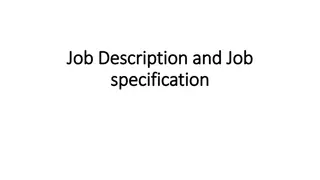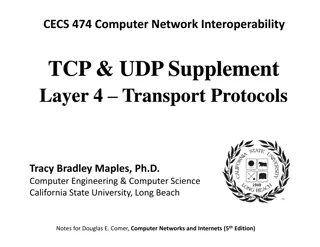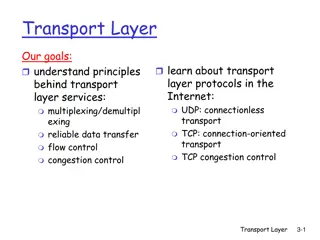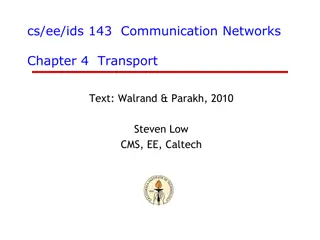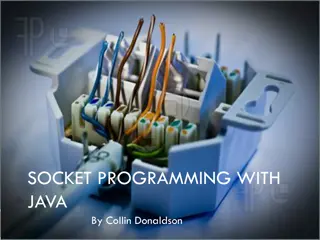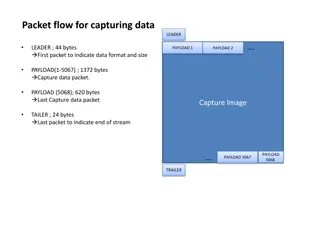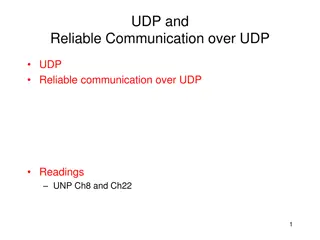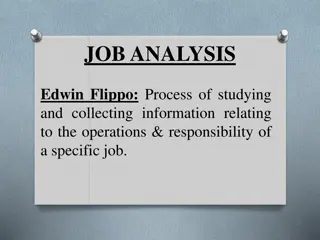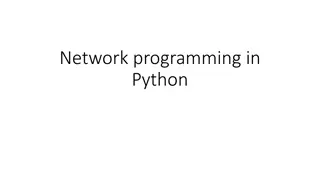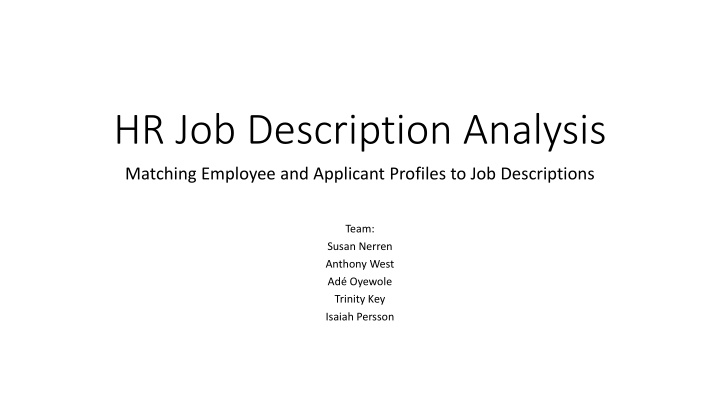
Analyzing HR Job Description Matchings with Machine Learning Models
Explore how machine learning models like Naïve Bayes, K-Nearest Neighbors, and LSTM are utilized to match employee and applicant profiles with job descriptions at the City of Tulsa. Compare classification accuracies based on different attributes like department, group, and series. Gain insights into the effectiveness of text analysis for career planning and job recommendations in a large job database.
Download Presentation

Please find below an Image/Link to download the presentation.
The content on the website is provided AS IS for your information and personal use only. It may not be sold, licensed, or shared on other websites without obtaining consent from the author. If you encounter any issues during the download, it is possible that the publisher has removed the file from their server.
You are allowed to download the files provided on this website for personal or commercial use, subject to the condition that they are used lawfully. All files are the property of their respective owners.
The content on the website is provided AS IS for your information and personal use only. It may not be sold, licensed, or shared on other websites without obtaining consent from the author.
E N D
Presentation Transcript
HR Job Description Analysis Matching Employee and Applicant Profiles to Job Descriptions Team: Susan Nerren Anthony West Ad Oyewole Trinity Key Isaiah Persson
Project Overview Purpose Career planning and job recommendations for employees and job applicants at the City of Tulsa (CoT). Process Use text analysis to mine job features from 600+ CoT job descriptions. Compare machine learning models for classifying job profiles. Match applicant/employee profiles with job descriptions.
Classification Used three different models for comparison Na ve Bayes K-Nearest Neighbors LSTM (A type of Recurrent Neural Network) Classified by three separate attributes Department (12 classes) Group (31 classes; broad job categories) Series (67 classes; specific job roles)
Nave Bayes Classified by Department (prior to cleaning text) Accuracy = 0.480
KNN Classified by Department (prior to cleaning text) Accuracy = 0.616
LSTM Classified by Department (prior to cleaning text) Accuracy = 0.944
Nave Bayes Classified by Department (cleaned text) Accuracy = 0.512
KNN Classified by Department (cleaned text) Accuracy = 0.608
LSTM Classified by Department (cleaned text) Accuracy = 0.496
Nave Bayes Classified by Group (cleaned text) Accuracy = 0.472
KNN Classified by Group (cleaned text) Accuracy = 0.656
LSTM Classified by Group (cleaned text) Accuracy = 0.408
Nave Bayes Classified by Series (cleaned text) Accuracy = 0.352
KNN Classified by Series (cleaned text) Accuracy = 0.568
LSTM Classified by Series (cleaned text) Accuracy = 0.480
Conclusion Limitations Redundant classes due to naming inconsistencies between job descriptions. Could not stratify sampling when splitting data into training and testing sets, because some of the classes had only one entry. Some team members had issues running Tika Parser module on Jupyter. Recommendations Merge redundant classes. Stratify sampling when splitting data into training and testing sets. HR could consider refining job series and groups to create more meaningful classes. Consider using a machine learning algorithm (e.g. K-means clustering) to create jobs classes based on feature similarities. Test on real resumes. Document how to resolve issues with Jupyter and problematic Python modules.





